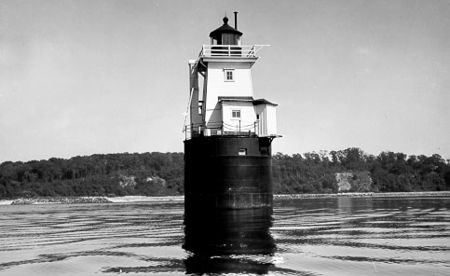Avianca Flight 052 was a regularly scheduled flight from Bogotá, Colombia, to New York City, United States, via Medellín, Colombia, that crashed on January 25, 1990, at 21:34 (UTC−05:00). The Boeing 707 flying this route ran out of fuel after a failed attempt to land at John F. Kennedy International Airport (JFK), causing the aircraft to crash onto a hillside in the small village of Cove Neck, New York, on the north shore of Long Island. Eight of the nine crew members and 65 of the 149 passengers on board were killed. The National Transportation Safety Board (NTSB) determined that the crash occurred due to the flight crew failing to properly declare a fuel emergency, failure to use an airline operational control dispatch system, inadequate traffic flow management by the Federal Aviation Administration (FAA), and the lack of standardized understandable terminology for pilots and controllers for minimum and emergency fuel states.
The flight left Medellín with more than enough fuel for the journey and progressed toward JFK normally. While en route, the flight was placed in three holding patterns. Due to the air traffic controllers giving ultimately untrue delay estimations the flight became critically low on fuel. This dire situation was not recognized as an emergency by the controllers because of the failure of the pilots to use the word "emergency". The flight attempted to make a landing at JFK, but bad weather, coupled with poor communication and inadequate management of the aircraft, forced it to abort and attempt a go-around. The flight ran out of fuel before it was able to make a second landing attempt. The airplane crashed about 20 miles (32 km) from JFK.
Hundreds of emergency personnel responded to the crash site and helped save victims. Many of those who survived were severely injured and required months or years to physically recover. NTSB investigators looked at various factors that contributed to the crash. The failures of the flight crew were cited as the probable cause of the crash, but the weather, air traffic controller performances, and FAA traffic management were also cited as contributing to the events that led to the accident. This conclusion was controversial, with disagreement between investigators, passengers, and Avianca as to who was ultimately responsible. Eventually, the U.S. government joined with Avianca and settled to pay for the damages to the victims and their families. The crash has been portrayed in a variety of media.










